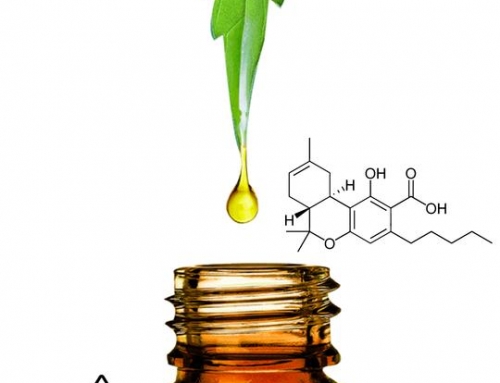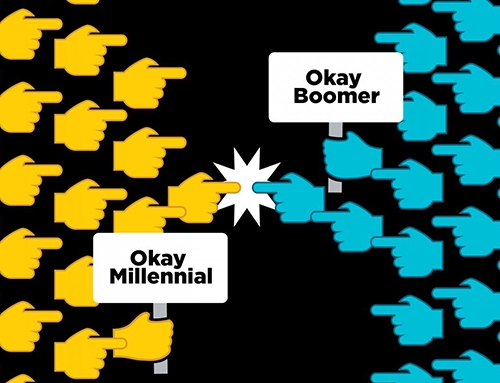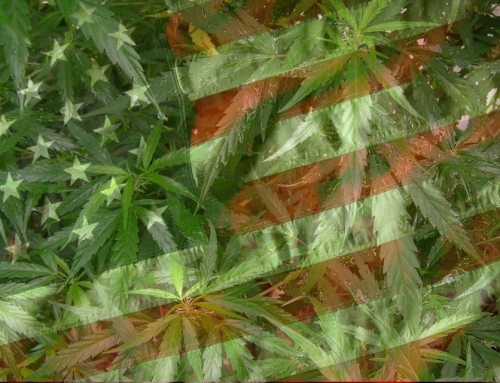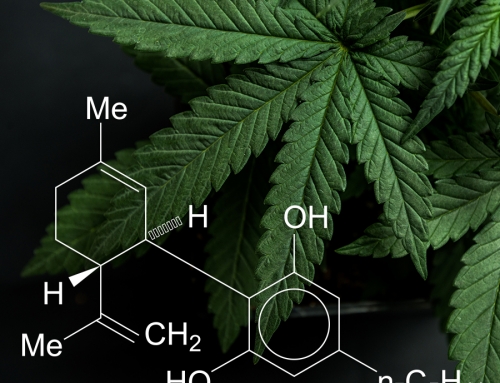Nanotechnology, or “nano” for short, refers to a very involved scientific process that takes a specific molecule of a substance and breaks it into many much smaller particles, thereby dramatically increasing the total surface area of the particles and their resulting chemical activity.
Nanotechnology uses units of measures called nanometers, abbreviated as nm. One nanometer is equal to one billionth of a meter. To try and comprehend just how minute this is, consider the fact that a fingernail is about 1 million nm in thickness. Or a human hair is about 75,000 nm. in diameter. Or the average red blood cell, only observable with high powered microscopy, is around 7,500 nm in size. To visualize the size of a nanometer compared to one meter, imagine a marble next to the Earth.
Unfortunately, since there is no FDA ruling to regulate the use of the term “nano “for marketing purposes, any company could loosely use the term to describe anything from a school bus to a 747 airliner as examples of nanotechnology manufacturing. Bluebird Bus Company or Boeing would not do that, of course, as it would send an obviously meaningless message. But hemp companies often use the term to inaccurately tout their products’ value.
Today, the best and most universally accepted, albeit arbitrary, description of nanotechnology was one established by the National Nanotechnology Initiative, which defines nanotechnology as, “the manipulation of matter with at least one dimension sized from 1 to 100 nanometers”. In other words, if the particle is larger than 100 nm, it does not qualify scientifically as nano.
While tiny things can often seem, insignificant, nano particles have begun to rule the hemp world. Nano sized particles create dramatically higher chemical activity in the body because all chemical activity within a body takes place on the surface area of a particle. The larger the total surface area, the greater the bioactivity in the body.
Finding a true nano product in a marketplace filled with hype has long term health benefits and is worth the effort because of the magnified beneficial impact that nano can deliver.
Consider the surface area of a soccer ball. Then break up the soccer ball’s volume into an equivalent volume of smaller tennis balls. The total surface area of the tennis balls triples the surface area of the soccer ball. Next, imagine breaking up the soccer ball’s volume into an equivalent volume of sweet peas. The total surface area of the peas would be 50x the surface area of the initial soccer ball. Now break up the soccer ball’s volume into an equivalent volume of sugar granules. The total surface area of the sugar granules would be 400x the surface area of the soccer ball. Finally, if you break up the soccer ball’s volume into an equivalent volume of 1 nm sized particles, the total surface area of the 1 nm particles would be an incredible 220 million increase over the surface area of the initial soccer ball. As the particle size gets smaller, the volume of surface area grows exponentially larger.
An obvious conclusion becomes that the most bioavailable form of hemp extracts would be “nano” versions of hemp products. While many companies in the cannabis world claim that their products are nano products; very few products in the marketplace are nano, regardless of their marketing claims. Because the FDA has not issued a legally binding definition of the term “nano” or maybe because of a confusion over its true meaning, many hemp brands have taken advantage of the opportunity to capitalize on nano’s reputation without fear of legal problems and seemingly without moral or scientific concern. It’s a gray area, so consumers need to be informed. Marketers can refer to any product they sell as ‘nano’ to hype a particle size that is smaller than average or to simply attach their products to a popular buzzword.
There are a small number of hemp products with proven particle sizes as low as 7-12 nm, but they are as rare as four-leaf clovers in a field of hay. Legitimate nano particles are so tiny, they can’t be detected by AOAC, HPLC or other conventional analytic methods. It is only a Laser Backscatter Analysis that is sophisticated enough to keep up with nano sized particle breakdowns. The results of a true Laser Backscatter Analysis will show very accurate particles sizes even in ranges smaller than nano (i.e. pico size).










